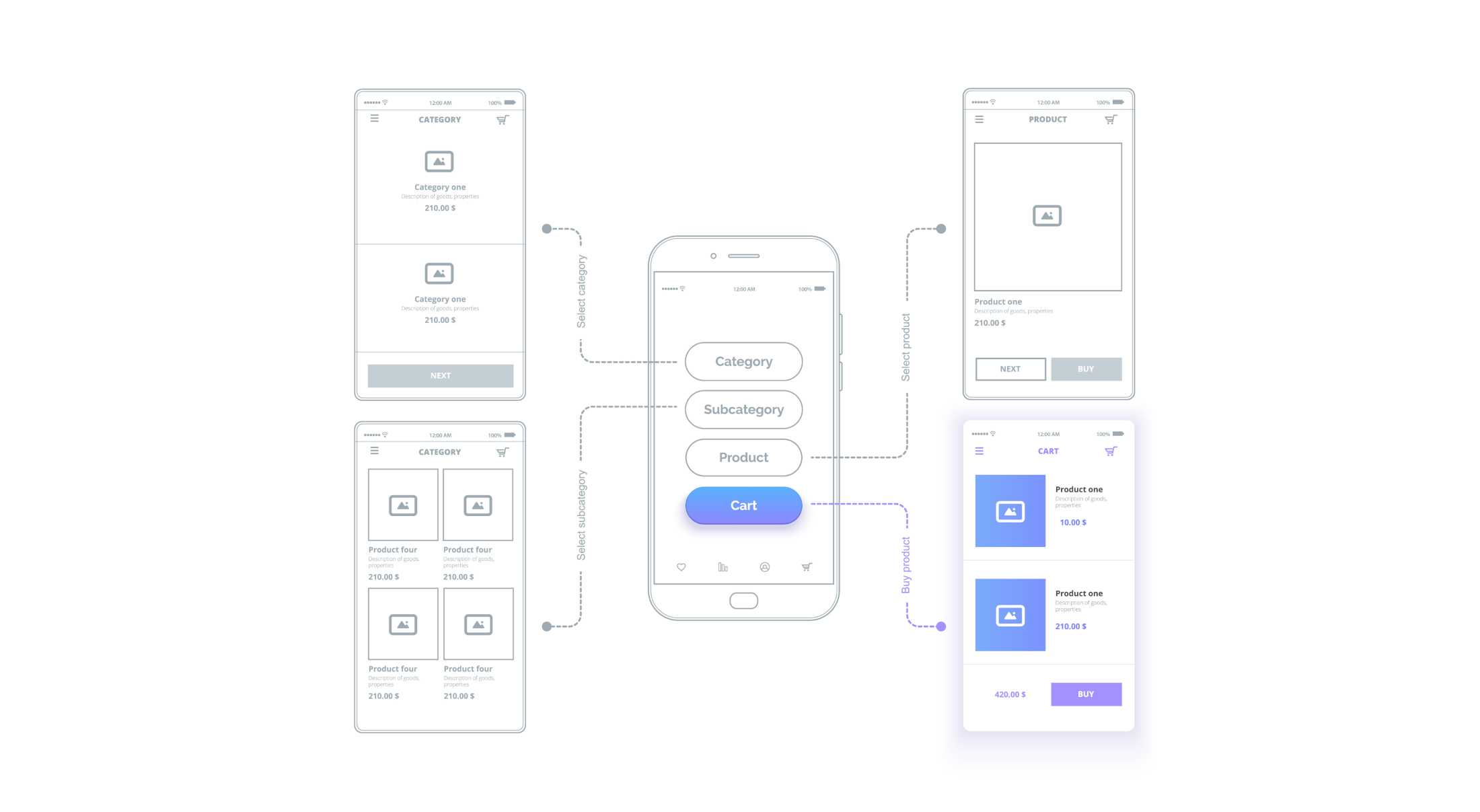Your nonprofit's website serves as the online hub for your mission, acting as a platform for fundraising, advocacy, and community engagement. However, to ensure that your website is genuinely inclusive and accessible to all, it is essential to incorporate web accessibility in nonprofit website design.
Web accessibility refers to creating websites that are usable by everyone, including those with disabilities. It involves developing your website content in such a way that people with visual, auditory, cognitive, and motor impairments can perceive, understand, navigate, interact with, and contribute to it.
Why Web Accessibility Matters to Nonprofits
Nonprofits, by their very nature, are organizations committed to serving communities and making a difference. That commitment should extend to your online presence as well.
An accessible website ensures that everyone, regardless of their abilities, can access your information, get involved, and make donations. This not only broadens your organization's reach but also aligns with the inclusive values that many nonprofits champion.
Plus, from a legal standpoint, web accessibility is increasingly being seen as a requirement rather than a nice-to-have feature.
Steps to Incorporate Web Accessibility in Your Nonprofit Website Design
- Use Descriptive Alt Text for Images
Alternative text, or alt text, is an essential aspect of web accessibility. It provides a textual description of an image to users who cannot see it. When incorporating images on your site, ensure to include meaningful alt text to convey the same information. - Ensure Adequate Colour Contrast
Your website's colour scheme should not hinder readability. Make sure that the colour contrast between the text and the background is high enough to be legible for users, including those with colour blindness or other visual impairments. - Use Accessible Fonts
While it may be tempting to use stylized fonts, it is best to stick with ones that are easily readable. Sans serif fonts are usually a safe bet. Also, allow users to adjust the font size to their comfort. - Make Your Website Keyboard-Friendly
Ensure that your site can be navigated using a keyboard alone. This feature is beneficial for users with motor disabilities who may struggle with a mouse or touchpad. - Incorporate Closed Captioning and Transcripts for Multimedia
If you use videos or audio files on your site, ensure they are accessible to individuals with hearing impairments by providing closed captioning or transcripts. - Design Clear and Intuitive Navigation
A well-structured and predictable website navigation makes it easier for users, especially those using assistive technology, to find what they're looking for.
Incorporating web accessibility into your nonprofit website can be a significant step towards creating a more inclusive online experience. It ensures that everyone can engage with your mission, contribute to your cause, and feel valued in the process. After all, everyone has the right to access information and services online, and nonprofits can lead the way in making this a reality.
Start with an Accessibility Audit
Before you start revamping your website, it's crucial to know where you stand. Conduct an accessibility audit to identify the areas of your site that need improvement. There are various online tools available that can help you with this. However, remember that these tools can only catch technical errors. To ensure comprehensive accessibility, consider seeking input from people with various disabilities.
- Implement an Accessibility Statement
A website accessibility statement is a pledge that shows your commitment to web accessibility. It conveys that you are dedicated to making your website accessible to all, including those with disabilities, and are continually working towards improving it. - Train Your Team
Incorporating web accessibility is not a one-time task. It requires ongoing effort. Make sure your team understands the importance of web accessibility and is trained in best practices. Encourage them to keep accessibility in mind whenever they add new content to your site. - Work with Experts
Web accessibility guidelines can be complex, and if you're not a web development expert, it might be challenging to implement them on your own. Consider working with a web development company experienced in creating accessible websites, such as e-dimensionz. We can help ensure your site is fully compliant with the latest accessibility standards. - Regularly Review and Update Your Website
Web accessibility is an ongoing commitment. Regularly review your website to ensure it remains accessible as you add new content, features, or functions. If you receive feedback from users about accessibility issues, address them promptly.
Web accessibility should be a fundamental part of any nonprofit's digital strategy. It's not only a moral and legal obligation but also a way to widen your reach and impact. By ensuring that everyone can access and engage with your website, you reinforce the principles of equality, diversity, and inclusion that are at the heart of your nonprofit mission.
Incorporating web accessibility into your website design might seem daunting at first, but every step you take brings you closer to making the internet a more inclusive space.
The W3C Guidelines and How They Apply to Your Nonprofit Website
To ensure you're covering all necessary bases for website accessibility, it's advisable to follow the Web Content Accessibility Guidelines (WCAG) developed by the World Wide Web Consortium (W3C). These guidelines are internationally recognized and are designed to make web content more accessible to people with disabilities.
The WCAG guidelines are categorized into three levels of conformance: A (lowest), AA (mid-range), and AAA (highest). Most organizations aim for at least Level AA conformance. Here are some of the crucial principles from the WCAG and how they apply to your nonprofit website:
- Perceivable: Information and components must be presentable to users in ways they can perceive. This means that all content on your website should be available in different formats, like text, audio, or visual, to cater to various needs.
- Operable: Users must be able to operate the interface and navigation. This includes making all functionalities available from a keyboard and giving users enough time to read and use content.
- Understandable: Information and operation of the user interface must be understandable. Your website should use clear language and predictable functionality to help users understand the information and navigate the site easily.
- Robust: Content must be robust enough to be interpreted reliably by a wide variety of user agents, including assistive technologies. This means your website should remain accessible even as technology advances.
While this may seem technical, these principles underpin the idea of an accessible website - one that is usable by all, regardless of ability or disability.
Get Feedback from Users
As you work to improve your website's accessibility, don't forget to involve your users. They can provide valuable feedback and point out potential issues you may have overlooked. You can ask for feedback through surveys or dedicated feedback forms on your website.
Web accessibility is more than just a design or development issue—it's about ensuring equal access and opportunity to everyone. As a nonprofit organization, your mission is to make a difference, and by making your website more accessible, you're extending your reach and impact to even more people.
Incorporating web accessibility may require some effort, but the rewards are significant. It not only helps you serve your audience better but also makes your website more inclusive, effective, and successful in promoting your cause.




